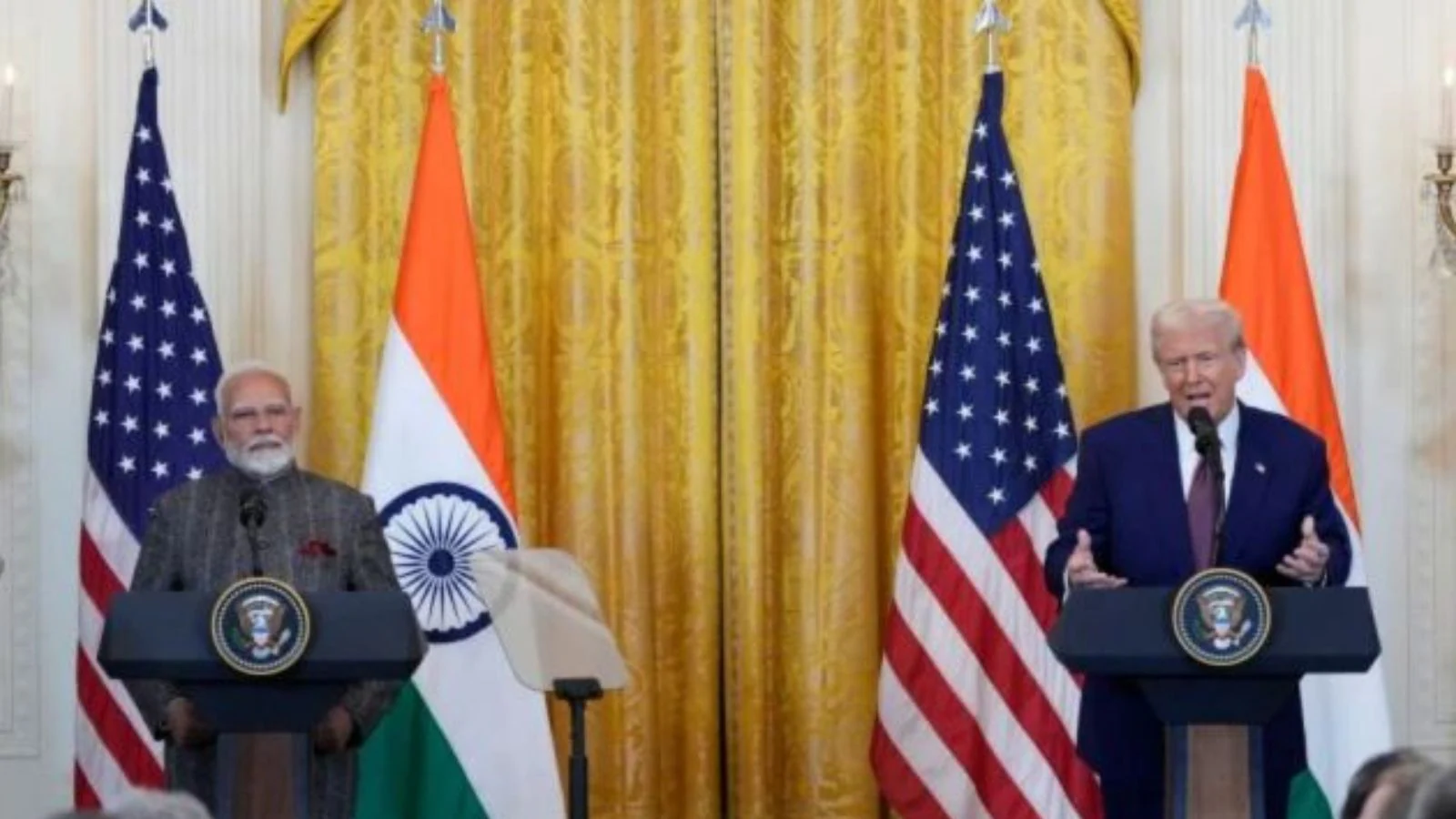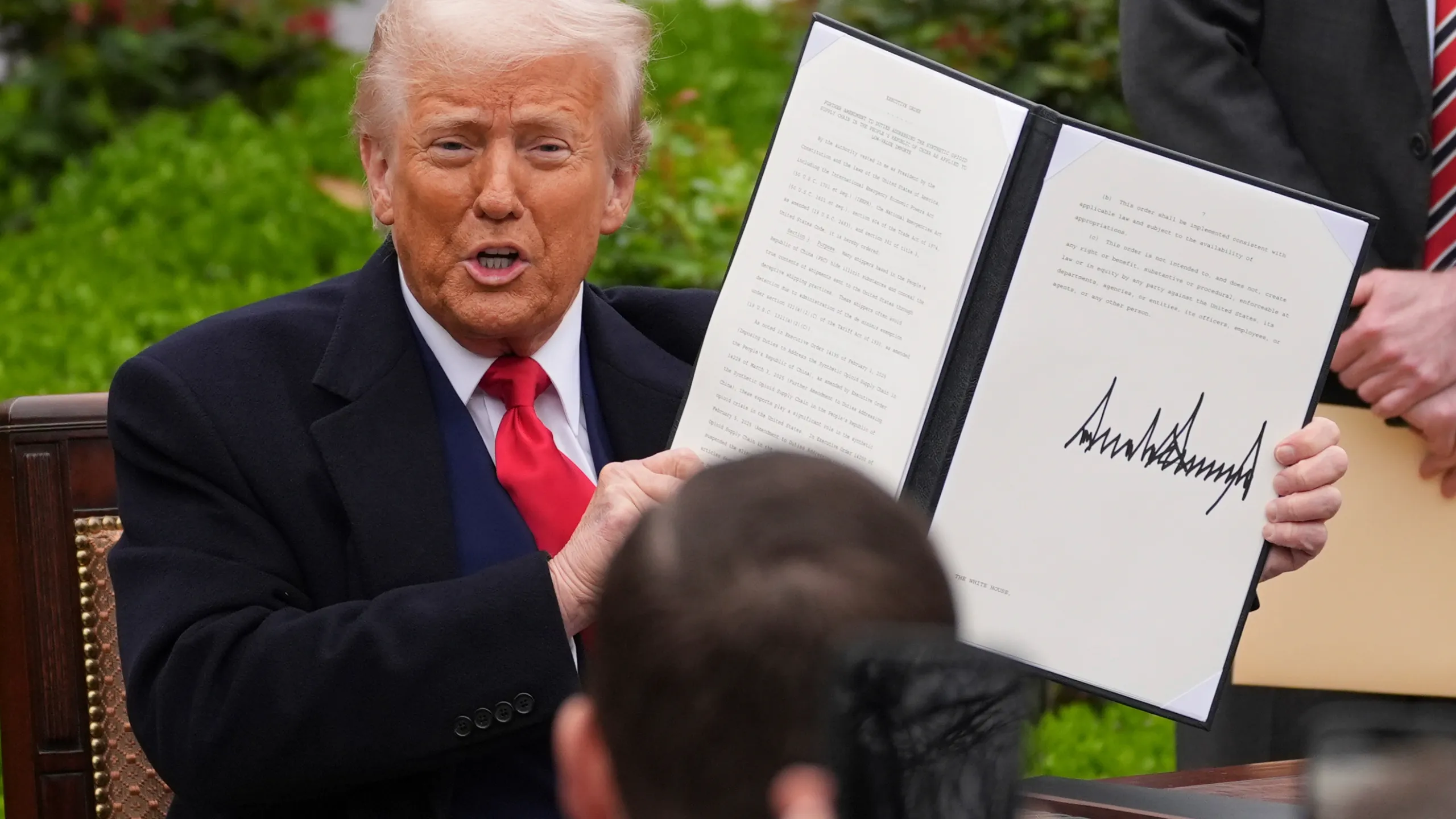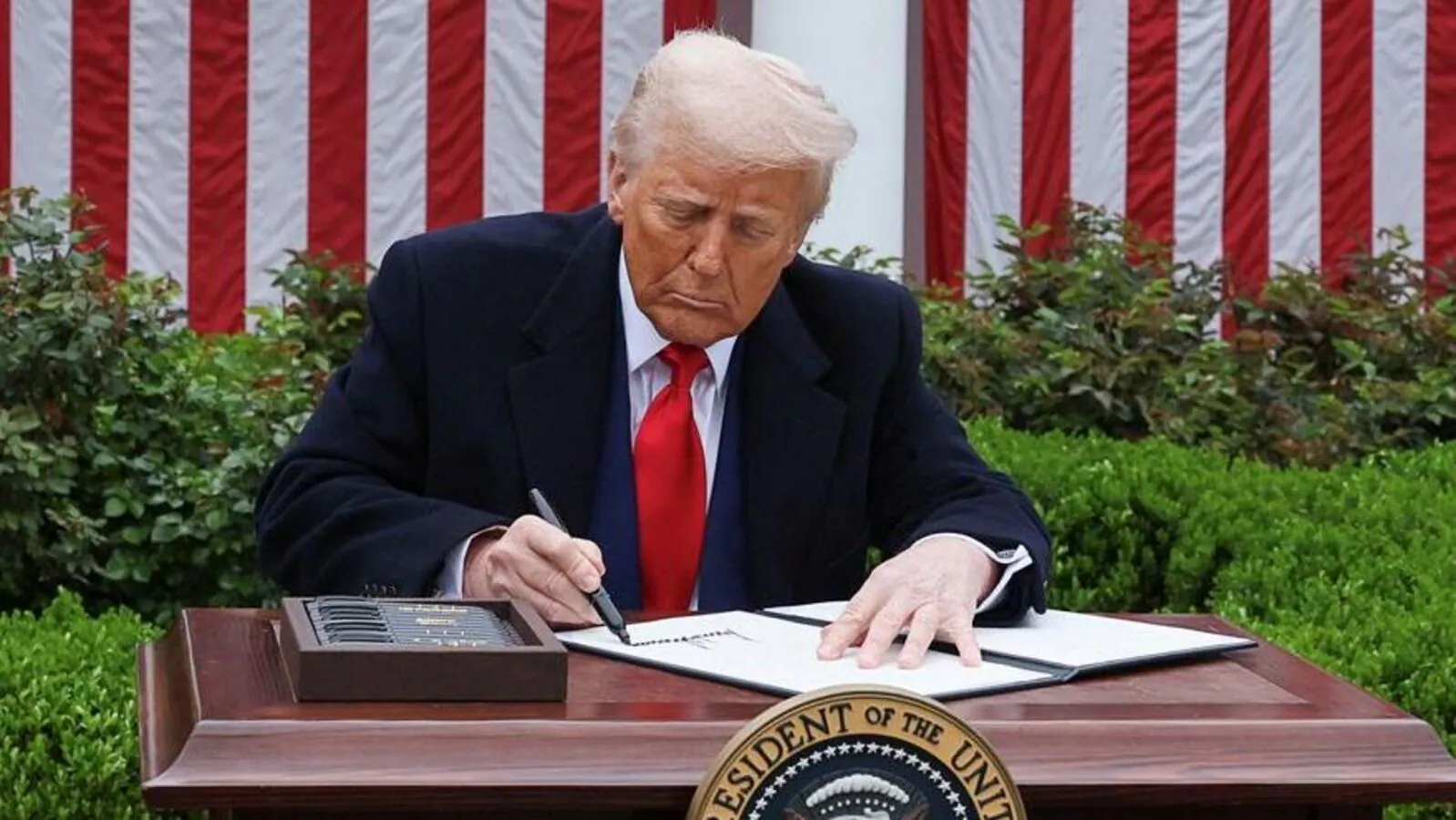
The upcoming tariff deadline of August 1 has been a significant focal point in the ongoing trade negotiations between the United States and India. As the deadline approaches, speculation and strategic planning are intensifying, with the US team scheduled to visit India in the second half of this month to further discussions. This visit aims to address various tariff-related concerns, enhance diplomatic ties, and explore avenues for mutual economic benefit.
Background of the Tariff Deadline
The context of the August 1 deadline is rooted in the broader framework of trade policies and negotiations aimed at resolving tariff disputes and fostering a balanced trade relationship. Over the past months, there have been intense negotiations, both at diplomatic and technical levels, to align interests and reduce trade barriers. The US government, in particular, has been scrutinizing India’s tariffs on a variety of goods, including electronics, pharmaceuticals, and agricultural products, seeking adjustments that favor fair trade practices.
The US Team’s Visit to India
According to reports, the US team to visit India in the second half of August has become a topic of much discussion among policymakers, trade analysts, and business communities on both sides.
Goals and Agenda of the US Delegation
The primary objectives of the upcoming visit include:
- Diplomatic Engagement: Strengthening US-India relations and ensuring transparent communication of trade concerns.
- Tariff Discussions: Negotiating specific adjustments on tariffs that impact key sectors such as electronics, pharmaceuticals, and agriculture.
- Addressing Trade Barriers: Identifying and resolving non-tariff barriers that hinder seamless trade flow.
- Exploring New Trade Opportunities: Collaborating on innovative sectors like technology, renewable energy, and infrastructure development.
- Building Long-term Strategic Partnerships: Ensuring mutual benefits and maintaining a balanced trade ecosystem.
Implications for India and the US
This visit and the impending deadline are expected to have broad implications for both nations’ economies and diplomatic rapport. Here’s what the stakeholders are closely watching:
Economic Impact
- For India: A positive outcome could mean the reduction or removal of certain tariffs, which would facilitate easier access for US imports into India and boost export opportunities. It also paves the way for India’s industries to access US markets with reduced costs.
- For the US: Addressing Indian tariffs could lead to a more balanced trade deal, reduce trade deficits, and support US exports. It also signals willingness to maintain strong economic ties with India, a key strategic partner.
Diplomatic and Geopolitical Significance
- The US’s move to plan a high-level visit illustrates its commitment to enhancing bilateral relations amidst geopolitical complexities.
- Establishing clear communication channels helps in preempting misunderstandings and resolving lingering trade issues efficiently.
- This visit is also seen as a step to demonstrate the United States’ interest in maintaining India as a pivotal partner in regional and global affairs.
Broader Context of US-India Trade Relations
The trade relationship between the US and India has always been multifaceted and evolving. While the two countries cooperate in several areas, trade disputes, especially over tariffs, have intermittently created tensions. The current focus on the August 1 deadline reflects the strategic importance both countries assign to fostering a fair and mutually beneficial trade environment.
Trade negotiations not only involve economic considerations but are also embedded in larger diplomatic, security, and strategic frameworks. The US’s upcoming visit aims to bolster these multifaceted ties, paving the way for future collaborations.
Conclusion
As the August 1 tariff deadline approaches, the planned US visit to India signifies a proactive effort to resolve outstanding trade issues and reaffirm commitment to a robust bilateral relationship. Stakeholders from industries, governments, and diplomatic circles are keenly waiting to see whether these talks will lead to substantive agreements that benefit both nations.
This development highlights the importance of diplomacy, strategic planning, and negotiations in shaping the future landscape of global trade. The outcomes of this visit could serve as a blueprint for resolving similar trade issues worldwide, emphasizing dialogue and cooperation over conflict.
Final Thoughts
With both nations recognizing their intertwined economic interests, the upcoming US visit to India is poised to play a crucial role in shaping the next chapter of trade relations. As negotiations unfold, it remains critical for stakeholders to stay informed and prepared for the post-deadline landscape, fostering an environment conducive to growth and collaboration.
For more updated news please keep visiting Prime News World.








